The Aloe Plant is one of the most popular houseplants. This plant has upright thick green leaves that hold thick aloe vera plant gel.
Aloe Vera gel from the plant leaves is often used to care for scrapes and burns.
Lots of healing skin care products contain soothing Aloe Vera gel. This makes Aloe plants even more attractive for houseplant enthusiasts.
You can keep this plant around the house just in case you get an awful burn from the sun or the stove!
This houseplant can be a bit finicky to care for.
It is worth it to do your research on the care needs if you are thinking about adding it to your collection.

A common ailment of the aloe plant is brown droopy leaves. This is most often caused by overwatering. Aloe plants are succulents and prefer to dry out in between waterings.
When you do need to water your plant, we suggest saturating the soil completely. If you suspect you have overwatered your Aloe, you can read our post on root rot to try and remedy it.
Plant pests can also cause browning leaves on your plant. Make sure you thoroughly inspect the leaves for any signs of pest damage if you have brown or damage spots on the leaves.
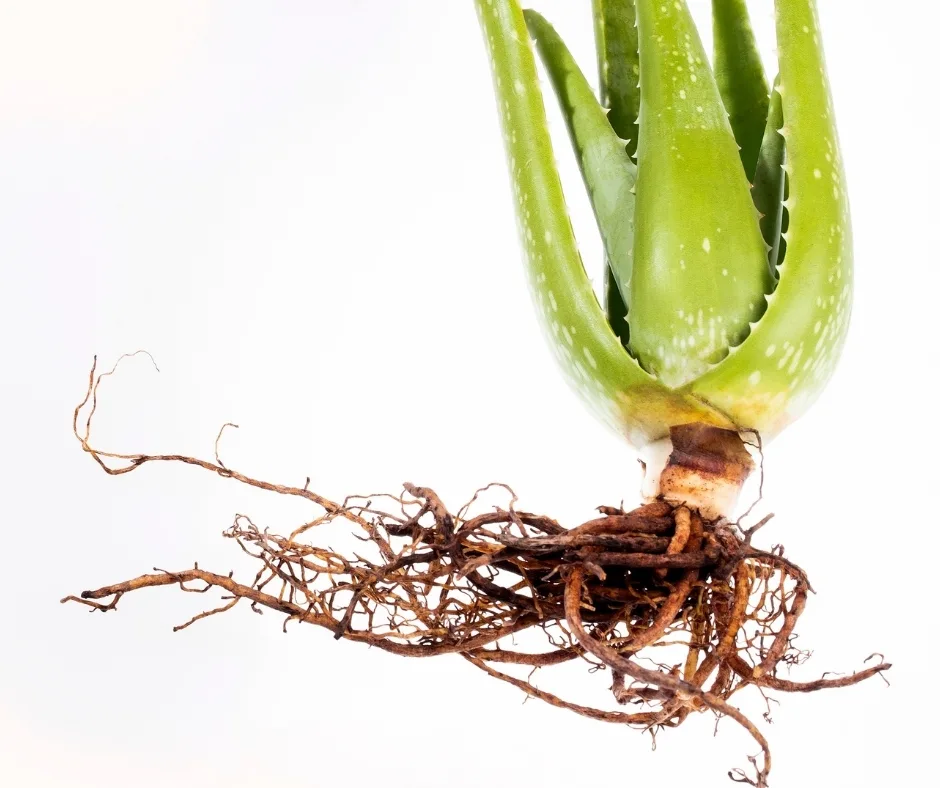
More popular succulents
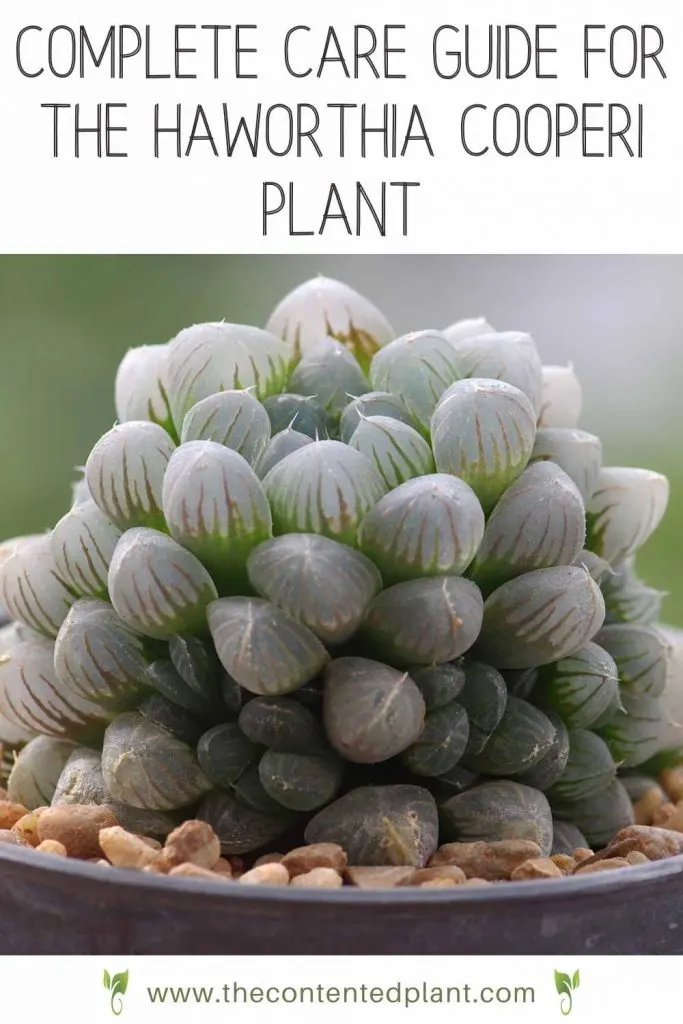
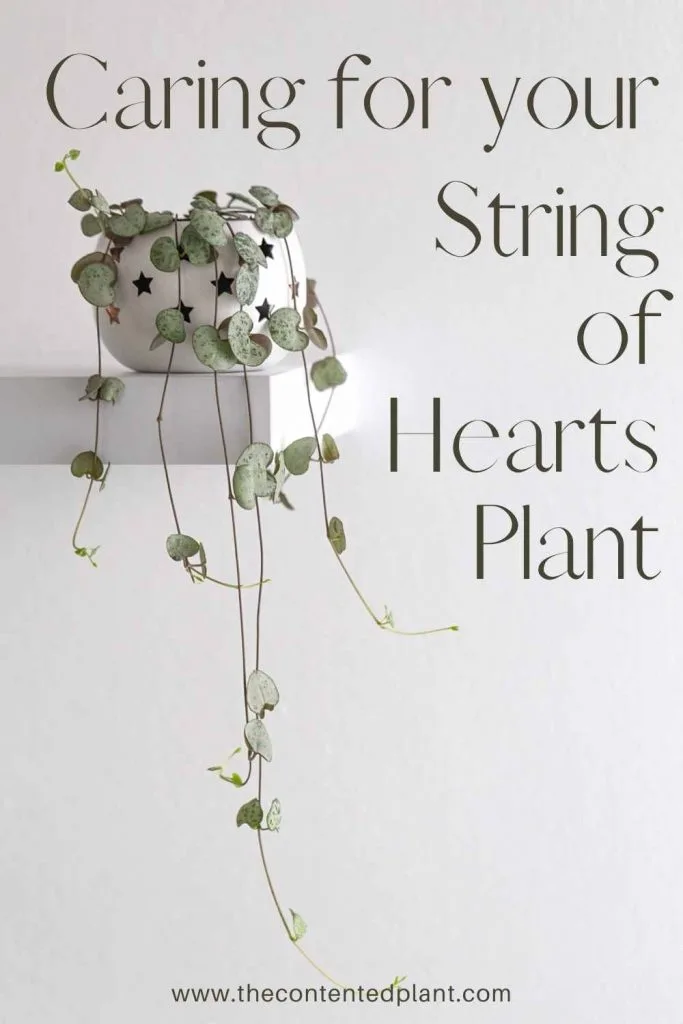
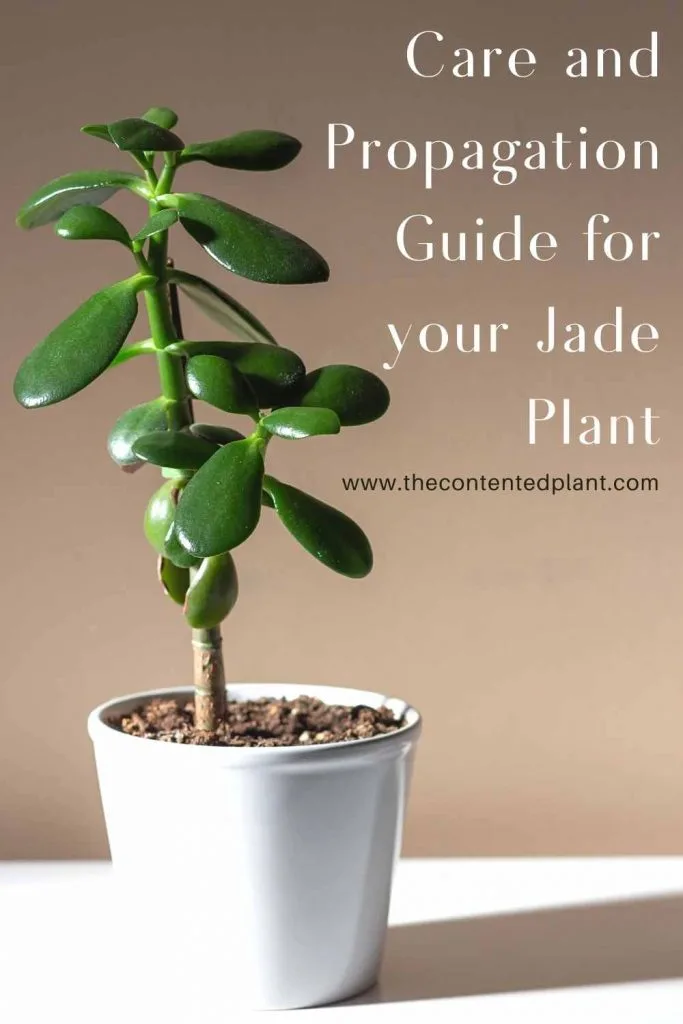
The Aloe Vera Plant is very easy to propagate and often produces its own little pups. You can divide these pups by gently dividing the root ball when repotting. These little plants make great gifts for friends, family, and coworkers. Just make sure you give them a little explanation on the basic care needs so they can be successful too!
You can also purchase burn plants from almost any nursery. Some grocery stores even have some available in the floral section. If you can’t find an aloe vera plant available locally, you can always purchase one online. I make most of my online plant purchases from hobby plant shops on Etsy.
Buy Aloe Plant on Etsy
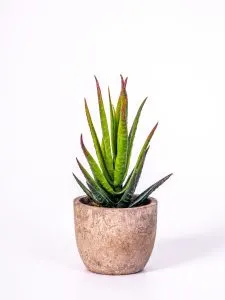
This plant can be grown outdoors in a wide variety of places.
Be aware though, it can get invasive in the right climates. If you decide to grow them outdoors, make sure you bring it in during cold snaps and the winter months. It will not tolerate hard freezes or deep frosts.
We have put together a simple printable care guide for this plant.
Aloe Vera Plant Care Guide
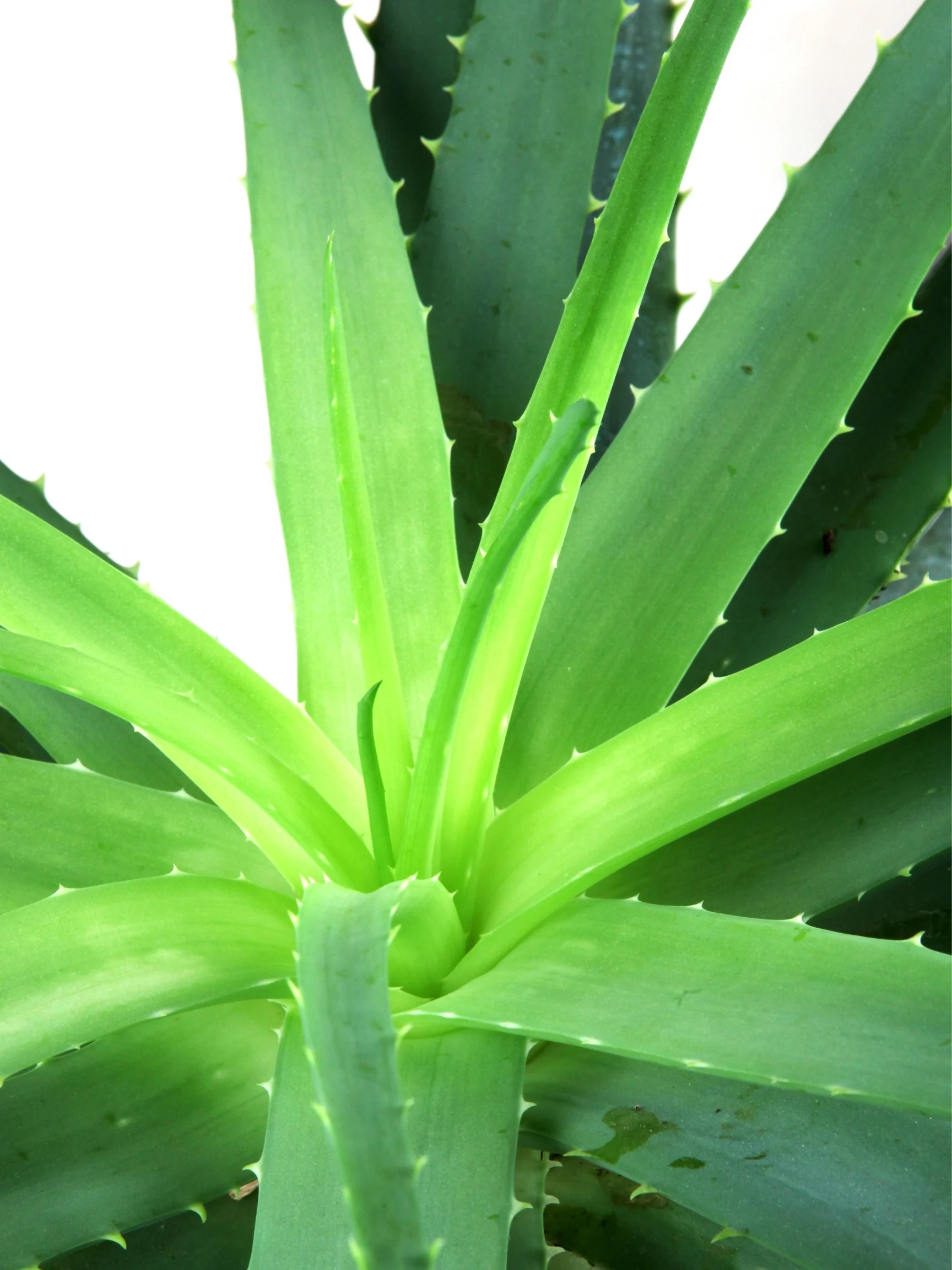
Aloe barbadensis miller is commonly known as the Aloe Vera Plant.
This plant has long fleshy pointed leaves. The gel inside of the leaves is commonly used in skin care and first aid products.
This Care Guide will teach you how to keep this houseplant happy all through the year.
Materials
Instructions
Soil Preference:
- Aloe plants prefer a well draining cactus soil mix. The roots will rot quickly if they sit in moist soil.
- A mix of cactus potting mix and perlite will keep the roots happiest.
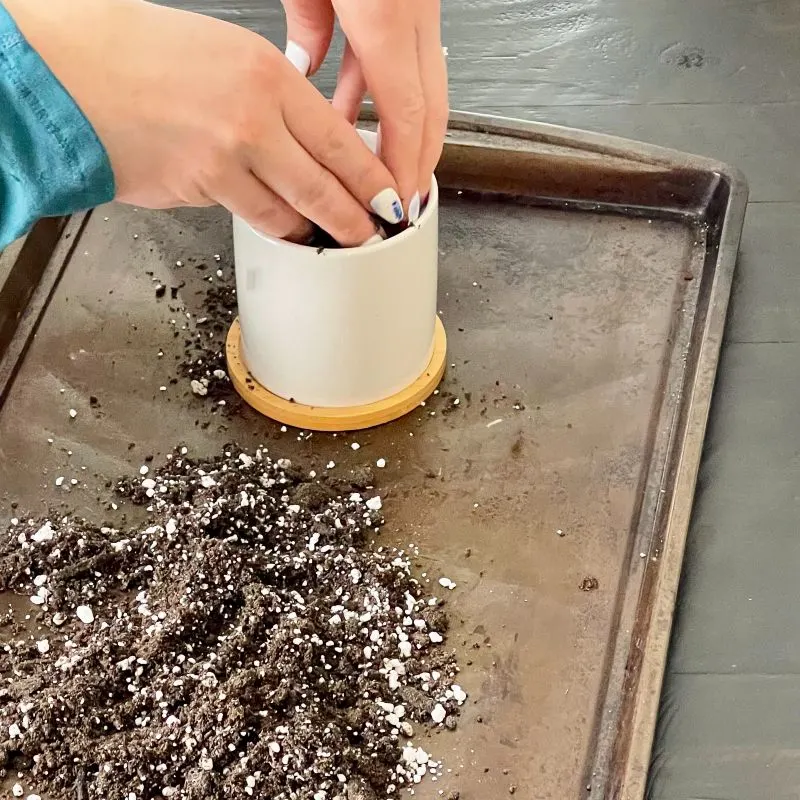
- Make sure your pot has drainage at the bottom. Do not use a pot with no drainage hole for this plant.
- A heavy soil potting mix is not recommended for Aloe plants.
Pot Size and Type:
- The Aloe Vera Plant can grow in many different kinds of pots. Most people prefer to plant these in Terra Cotta pots as it helps with moisture control.
- Repot every second year or when roots come out the drainage holes on the pot bottom To the next pot size up. Don't jump to a huge pot from a small one. Just go to the next size up pot.
Lighting:
- These plants will grow best in bright indirect light.
- Aloe Vera plants will not tolerate lower light, they can quickly become leggy and droop in low light conditions.
- If this plant receives too much direct light the leaves may get sunburnt. Put your plant is a less intense light.
Watering:
- Water Aloe plants when the soil is dry. These plants are typically drough resistant and can withstand longer periods of dryness compared to other houseplants.
- Watering is best done by drenching the plant thoroughly. Allow the water to run through the pot and then let it drain so no water sits in the bottom drain plate.
- Do not allow water to sit in the center of the leaves and accumulate.
- The recommendation watering cycle is every 2-3 weeks.
- Never let this plant get wet feet. Overwatering encourages root rot and fungus gnats.
How to Fertilize:
- Apply a good quality fertilizer (linked in materials) diluted by 50% once or twice in the summer months. Aloe plants do not need much fertilizer.
- Allow the plant to rest through the winter months.
Temperature:
- The Aloe plant will do best in temperatures between 55-80 degrees F. For this reason they can grow outdoors in climate zones USDA zones 8-11.
Pests:
- Aloe Vera plants are hardy resilient plants. However all plants can get attacked by pests.
- Stress by longterm overwatering, poor light, extreme temperatures and soil conditions are contributors to plant stress..
- Spider mites, mealy bugs, scale, thrips and whitefly are the most common houseplant pests you will see.
- Read our post on How to get rid of aphids and other pests with our homemade pesticide soap recipe or neems oil.
- To minimize the possibility of pests be sure to check all nursery plants before bringing them home.
- Quarantine all new plants until you are sure no pests live in them.
How to Propagate by stem cutting:
- Pull stem off the plant and let it dry for several hours to overnight.
- Plant it in a small pot in wet cactus soil.
- After several weeks roots will grow and settle the new plant.
How to Propagate by Offsets:
- Aloe plants naturally grow new plants (commonly called pups) around their outer perimeter.
- You can easily unpot your Aloe plant and pull the pups off the mother plant.
- Repot all the pups in separate pots in cactus soil.
- Water thoroughly. They will quickly adjust to the new pot and grow a strong root system.
Notes
The Aloe Vera Plant is a rewarding and perfect plant for a beginner succulent parent. This plant will grow beautifully with just a little bit of care.
TIP: This plant loves air flow. Don't group it with a lot of other humid loving plants. An open window nearby with warm dry air will keep it happy through the warm months.
Read more about the history, common names and many uses of the aloe plant.
Follow Us:
Find us on YouTube, Instagram , Pinterest and TikTok! We love to Plant chat. We also comment, like and occasionally share your content to our daily stories. We’d love to see your plants. Share your joy in your houseplants. Happy Planting!
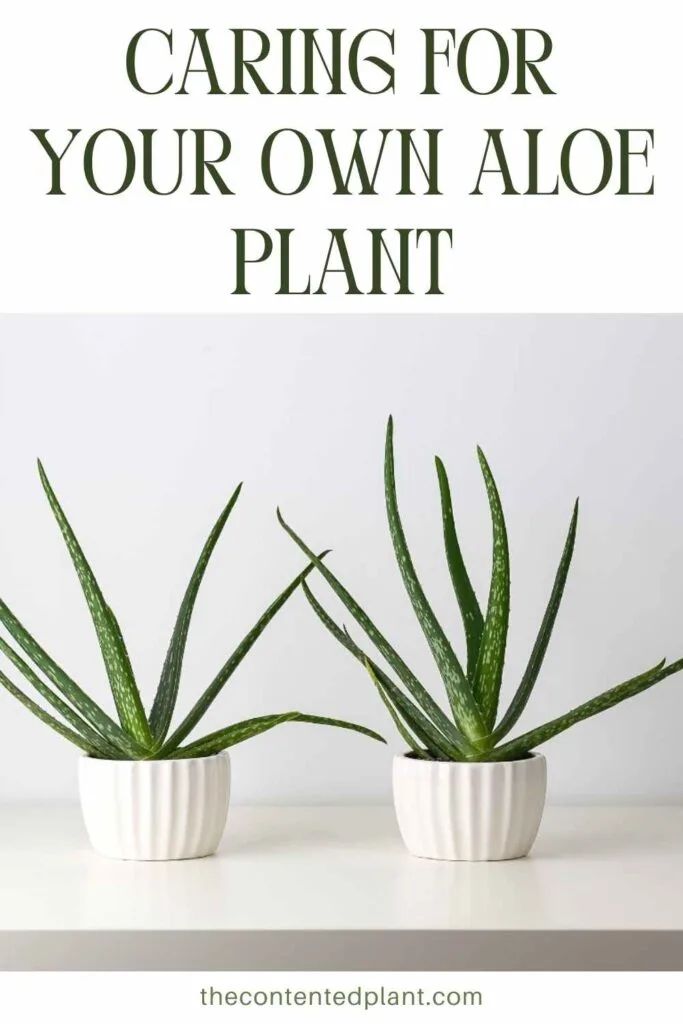


Grow your Own Medicinal Herbs - The Contented Plant
Wednesday 20th of September 2023
[…] For tips on growing Aloe and learning all about this plant please read our post on Aloe Vera plants here. […]
Yucca Cane Plant Profile and Care Guide - The Contented Plant
Sunday 6th of November 2022
[…] attractive, easy care indoor plant. The yucca plant has similar care needs to its relative, the Aloe plant. This durable plant can take extreme temperature shifts. So large entry ways and other drafty areas […]
Choosing the Best Succulent Pots - The Contented Plant
Saturday 29th of October 2022
[…] aloe plant and many other succulents and cacti have thick leaves that store water. The pony tail palm uses its […]